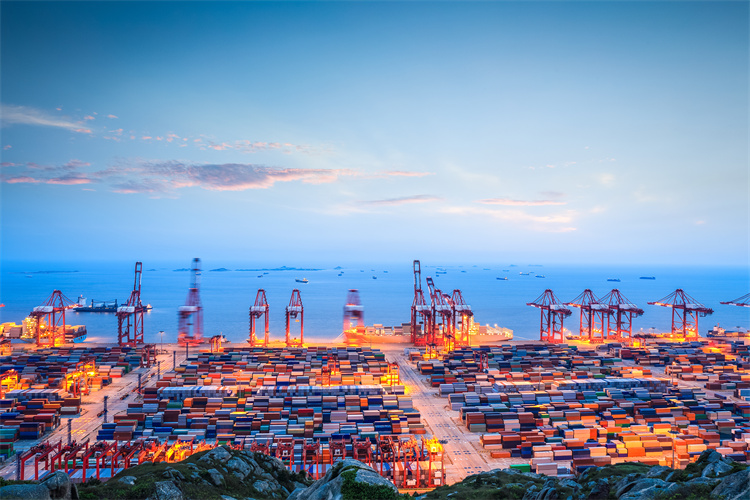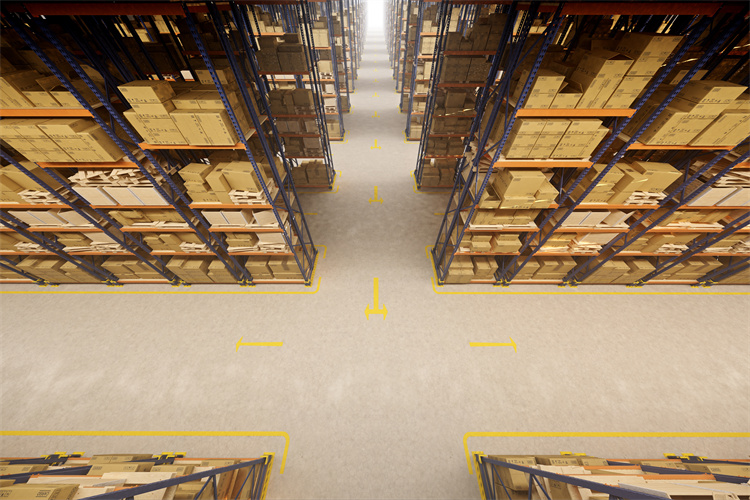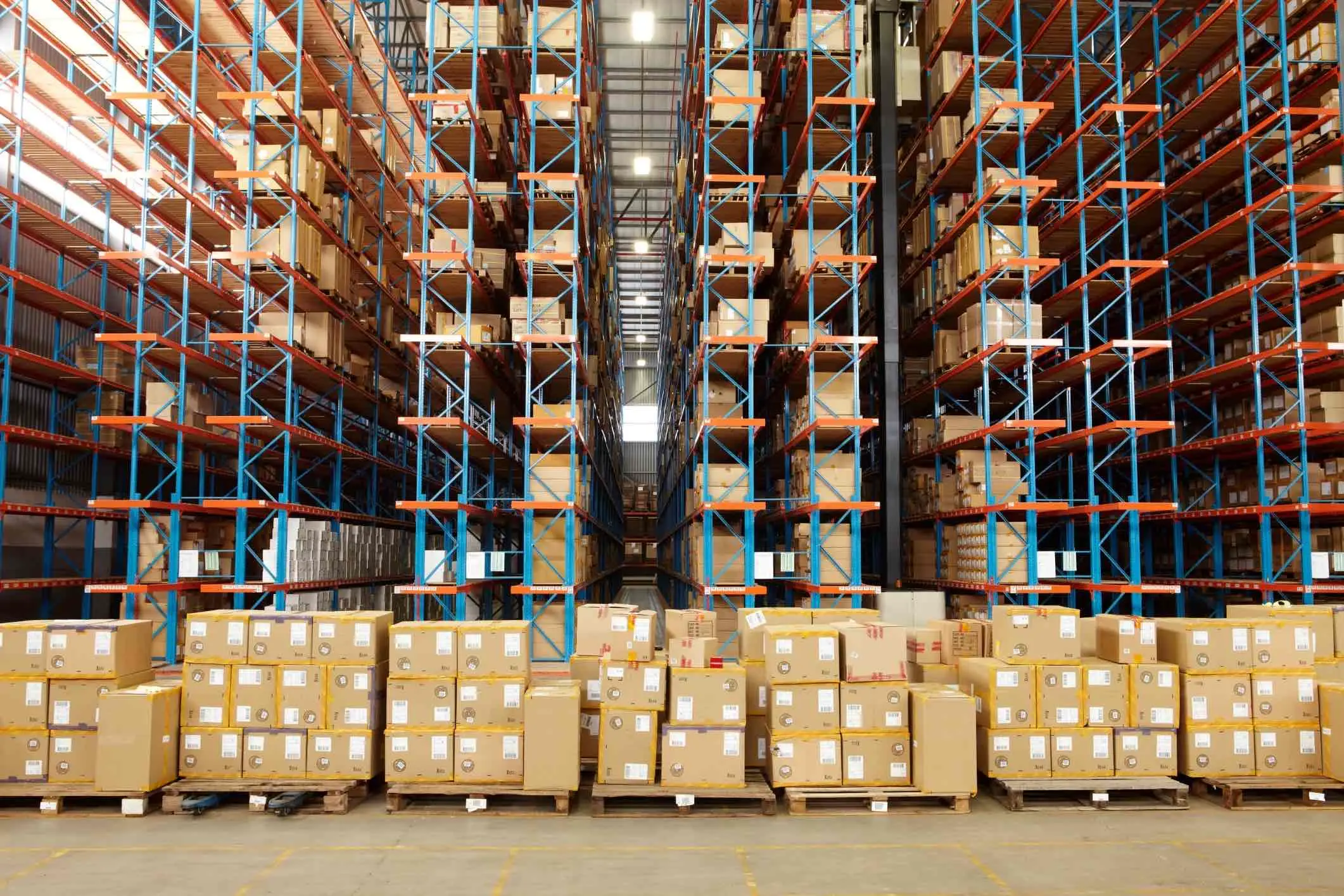The Impact of Digital Transformation on Logistics Efficiency

Digital transformation is reshaping the logistics industry, driving efficiency and innovation. Automation and data analytics streamline operations, reducing errors and enhancing accuracy. For example, AI adoption has cut costs by 15% and optimized inventory by 35%. As the future of logistics evolves, embracing these technologies ensures competitiveness. JUSDA leads this shift, transforming logistics with cutting-edge solutions.
Key Takeaways
Digital tools make logistics better by using machines and data. This lowers costs and mistakes.
Using AI, IoT, and blockchain helps track goods and makes customers happier.
Training workers and mixing new tools with old ones is key for success.
Digital Transformation in the Logistics Industry
Defining Digital Transformation in Logistics
Digital transformation in logistics represents a shift toward integrating advanced technologies into every aspect of operations. This transformation enhances efficiency, visibility, and agility. For example, IoT devices enable real-time tracking and monitoring of goods, ensuring better control over shipments. By adopting innovative tools like automation and data analytics, you can streamline processes, reduce errors, and improve customer service.
This shift also changes how tasks are executed and how customers interact with businesses. It redefines product delivery methods, making them faster and more reliable. Technologies such as AI and machine learning optimize inventory management and route planning, while blockchain ensures secure and transparent transactions. These advancements not only meet increasing market demands but also position your business for long-term success in the logistics industry.
Description | |
|---|---|
AI & Machine Learning | Predictive analytics, demand forecasting |
IoT & GPS | Real-time shipment tracking |
Blockchain | Secure digital transactions & contract management |
Cloud-Based TMS | Centralized freight management |
Addressing Modern Challenges in the Supply Chain
Modern supply chains face numerous challenges, including poor visibility, evolving customer expectations, and cybersecurity threats. Poor visibility can lead to theft, delays, and poor decision-making. Without real-time insights, small issues can escalate into costly emergencies. Digital technologies address these problems by enhancing visibility and providing actionable insights. For instance, automation reduces manual errors and speeds up operations, while data analytics helps you anticipate trends and operational issues.
Customer expectations have also evolved. Faster delivery times and personalized services are now the norm. Digital transformation equips you with tools to meet these demands efficiently. Additionally, technologies like blockchain and IoT improve transparency and tracking, ensuring smoother operations. By embracing these technology trends, you can overcome challenges and stay competitive in the future of logistics.
Key Technologies Shaping the Future of Logistics

Artificial Intelligence (AI) and Automation
Artificial intelligence and automation are revolutionizing the logistics industry by enhancing efficiency and reducing costs. AI-powered tools optimize delivery routes, saving fuel and ensuring timely deliveries. For example, companies like Uber Freight have reduced empty miles by up to 15% using AI-driven route planning. Predictive maintenance is another game-changer. AI monitors machinery performance in real-time, identifying potential issues before breakdowns occur. This minimizes downtime and keeps operations running smoothly.
Automation also transforms warehouse operations. Robotic systems, such as those used by Honeywell, improve order picking and sorting, increasing throughput by 40%. AI-driven demand forecasting ensures optimal inventory levels, preventing overstock and stockouts. By adopting these technologies, you can streamline logistics operations and stay ahead in the competitive landscape.
Internet of Things (IoT) for Real-Time Insights
The Internet of Things (IoT) provides real-time tracking and monitoring, offering unparalleled visibility into logistics operations. IoT-enabled devices track inventory, monitor fleet performance, and optimize delivery schedules. For instance, Maersk uses IoT sensors to provide real-time data on cargo conditions, ensuring goods arrive safely. This technology reduces equipment downtime by up to 50% and extends machinery life, lowering operational costs.
IoT applications also include RFID tags for inventory tracking and predictive maintenance for assets. These tools enhance decision-making and improve efficiency across the supply chain. By leveraging IoT, you can achieve better transparency, faster service, and higher customer satisfaction.
Blockchain for Secure and Transparent Supply Chains
Blockchain technology enhances security and transparency in logistics. It uses a shared, immutable ledger to record transactions, creating a single source of truth. Each product receives a unique digital identity, detailing its origin, manufacturing process, and ownership history. This ensures real-time visibility and secure data exchange among supply chain partners.
Blockchain also prevents fraud and improves trust. By integrating blockchain with IoT, you can monitor shipment conditions in real-time, ensuring accountability at every stage. This combination strengthens supply chain resilience and fosters better collaboration among stakeholders.
Big Data Analytics in Logistics Decision-Making
Big data analytics transforms logistics optimization by providing actionable insights. Advanced analytics tools improve demand forecasting and route planning, reducing delivery times by 37%. Companies can analyze logistics KPIs, such as shipping and warehousing performance, to identify areas for improvement. For example, organizations using big data have achieved a 47% boost in operational efficiency.
By leveraging big data, you can make informed decisions, optimize processes, and enhance supply chain performance. This technology empowers you to adapt quickly to market demands and maintain a competitive edge in the logistics industry.
Practical Impacts of Transforming Logistics with Technology

Enhanced Supply Chain Visibility with JUSDA's JusLink
JUSDA's JusLink platform revolutionizes supply chain visibility by offering end-to-end visual management. It connects upstream and downstream partners, ensuring seamless collaboration. Real-time updates reduce communication costs and improve decision-making. For example, big data analysis predicts potential disruptions, allowing you to address issues before they escalate. This proactive approach opens opportunities for new products and services.
The measurable impacts of enhanced supply chain visibility include:
Cost Reduction: Optimized routes and reduced waste lower expenses.
Faster Delivery Times: Advanced routing minimizes delays.
Sustainability: Green logistics practices reduce environmental impact.
Competitive Advantage: Improved visibility enhances your brand reputation.
Impact Description | Measurable Result |
|---|---|
Cost savings on fines and penalties | |
Annual reduction in detention costs | $10 million |
By leveraging JusLink, you gain a competitive edge through improved transparency and efficiency.
Optimized Route Planning and Delivery Schedules
Route optimization transforms transportation efficiency. Advanced algorithms process real-time data to calculate the most efficient routes, reducing delays and fuel consumption. Machine learning predicts potential disruptions, enabling proactive adjustments. Real-time monitoring provides visibility into vehicle locations and traffic conditions, ensuring timely deliveries.
Benefits of optimized route planning include:
Reduced fuel consumption and vehicle wear-and-tear.
Enhanced ability to respond to urgent delivery needs.
Increased customer loyalty through accurate deliveries.
Technologies like GPS, telematics, and predictive analytics further enhance route optimization. These tools ensure your transportation operations remain efficient and cost-effective.
Improved Inventory Management with JUSDA's Warehouse Solutions
JUSDA's warehouse solutions integrate advanced technologies like eVMI and JusLink to optimize inventory management. Real-time tracking ensures transparency and control, reducing logistics costs. Value-added services such as picking, packing, and labeling streamline operations, improving efficiency.
With over 2.5 million square meters of global warehouse space, JUSDA provides tailored solutions for various industries. These solutions enhance resource utilization and reduce inventory holding costs. By adopting JUSDA's warehouse solutions, you can achieve better logistics optimization and operational efficiency.
Boosting Customer Satisfaction through Digital Innovations
Digital innovations elevate customer satisfaction by enhancing transparency and personalization. Real-time tracking allows customers to monitor their orders, building trust. Automated notifications keep them informed, while AI-powered chatbots provide instant support. These tools simplify communication and improve engagement.
Efficient returns management and proactive issue resolution further enhance the customer experience. By leveraging digital tools, you can meet customer expectations for speed, accuracy, and transparency. This fosters loyalty and strengthens your brand reputation.
Overcoming Challenges in Digital Transformation
Managing Costs and ROI Expectations
Adopting digital transformation in logistics often involves significant upfront costs. Expenses for IT infrastructure, software licenses, and networking equipment can create barriers, especially for small and medium-sized enterprises. However, the long-term benefits outweigh these initial investments. Automation reduces labor costs by minimizing repetitive tasks, while data-driven route optimization cuts fuel expenses and lowers carbon emissions. Digitalization also enhances efficiency in warehousing, inventory management, and transportation.
To measure ROI effectively, you should track operational improvements. Monitor metrics like cost savings from automation, customer satisfaction through faster deliveries, and revenue growth from expanded market reach. Additionally, evaluate supply chain visibility and employee productivity to understand the broader impact of digital tools. By focusing on these areas, you can justify the investment and ensure sustainable growth.
Workforce Training for Digital Tools
Digital transformation requires a skilled workforce proficient in new technologies. Comprehensive training programs are essential to equip employees with the necessary skills. Resistance to change often hinders adoption, making effective change management strategies crucial. You can foster a culture of innovation by encouraging experimentation and collaboration.
Investing in training and development enhances employee capabilities. Conducting needs assessments helps identify skill gaps, while tailored training methods address individual learning styles. Partnering with educational institutions can also create a talent pipeline, ensuring your workforce remains competitive in the evolving logistics landscape.
Integrating New Technologies with Legacy Systems
Integrating modern technologies with older systems poses significant challenges. Legacy infrastructure often lacks compatibility with advanced tools, creating inefficiencies. Assessing which components to update or replace is critical. Managing technical debt, or inefficiencies from past decisions, further complicates the process.
To ensure seamless integration, develop a detailed plan outlining steps, timelines, and resources. Engage stakeholders from IT and operations teams to gain their input and support. Pilot testing helps identify issues before full-scale implementation, minimizing disruptions. Continuous monitoring and feedback ensure the new system performs optimally, enhancing your logistics operations.
Ensuring Data Security and Privacy in the Supply Chain
The logistics industry faces increasing cyber threats targeting valuable data. Customer information, intellectual property, and cargo details are prime targets for cybercriminals. IoT devices and cloud services introduce new vulnerabilities, making robust security measures essential.
Integrating data security into your digital transformation strategy protects sensitive information. Tools like Enterprise Recon help discover and manage data, ensuring compliance with privacy laws such as GDPR. By fostering a culture of innovation and compliance, you can safeguard your supply chain while maintaining customer trust.

JUSDA Solutions
To provide you with professional solutions and quotations.
Digital transformation revolutionizes logistics by delivering cost savings, efficiency, and customer satisfaction. Automation minimizes repetitive tasks, while data-driven route optimization reduces fuel costs. JUSDA exemplifies leadership by combining global reach with local expertise. Its JusLink platform ensures seamless integration and operational accuracy. Embracing these innovations positions your business for long-term success and competitiveness.
See Also
Transforming Logistics: Embracing Digital Solutions for Tomorrow
Innovative Supply Chains: Redefining the Future of Logistics
Future Logistics: How AI is Changing Supply Chains
Understanding Logistics: Analyzing Current Risk Trends Ahead
